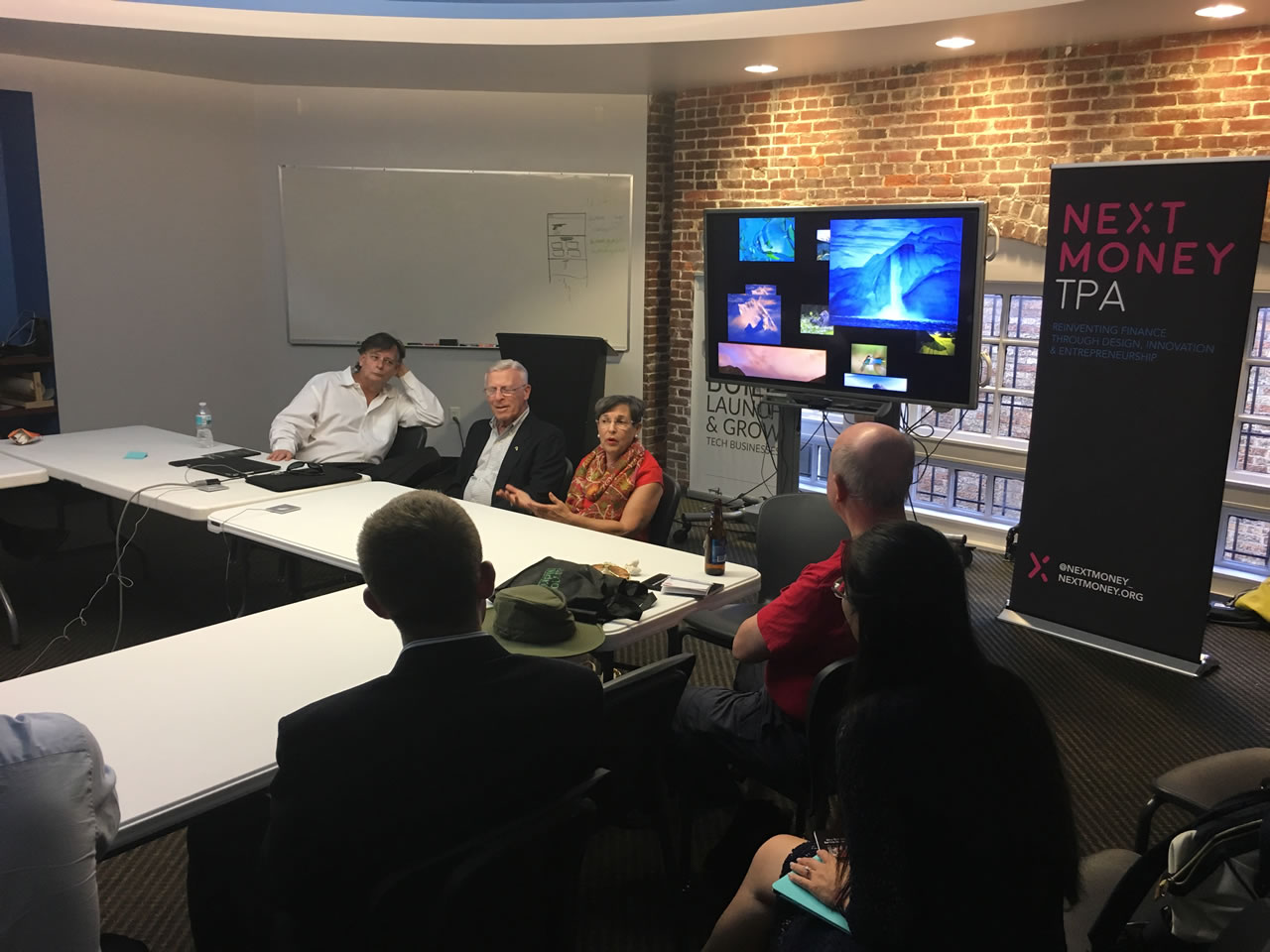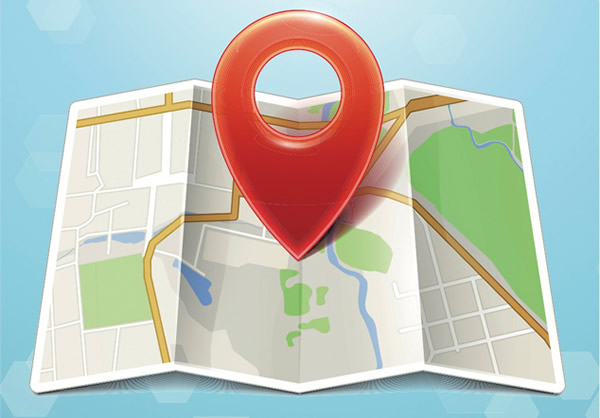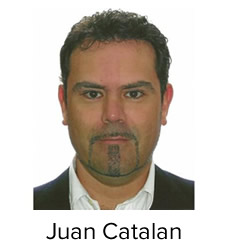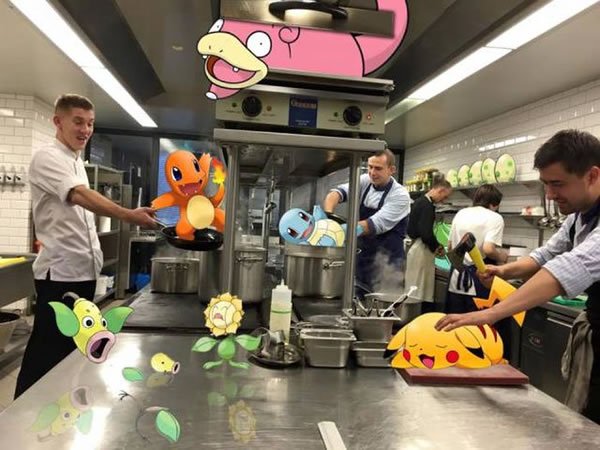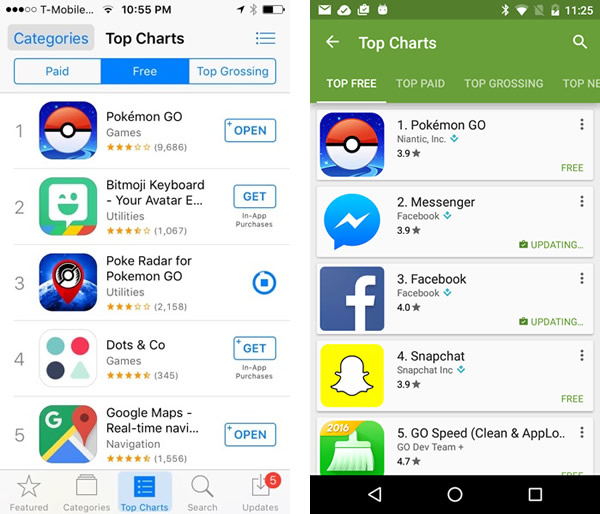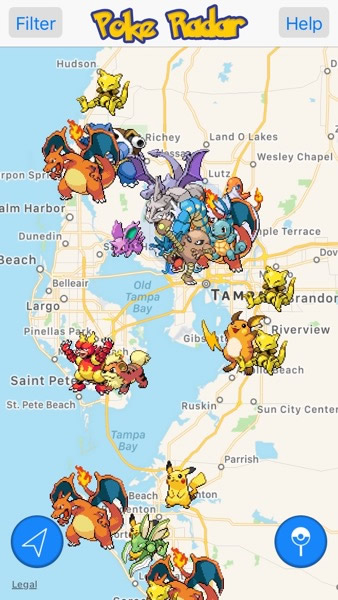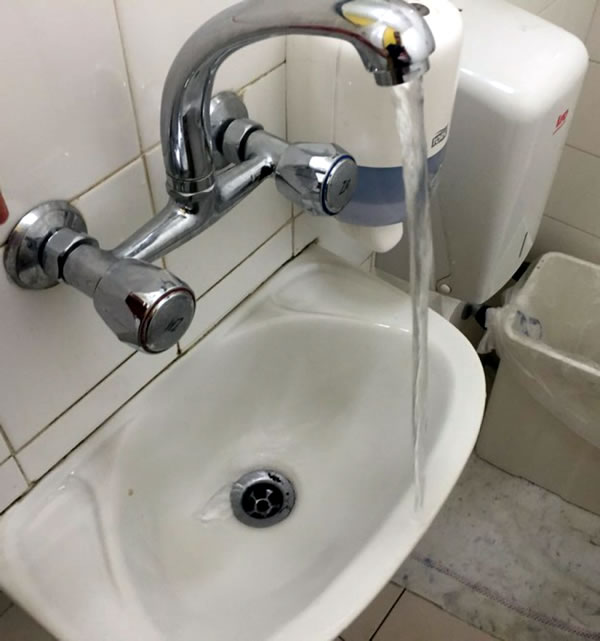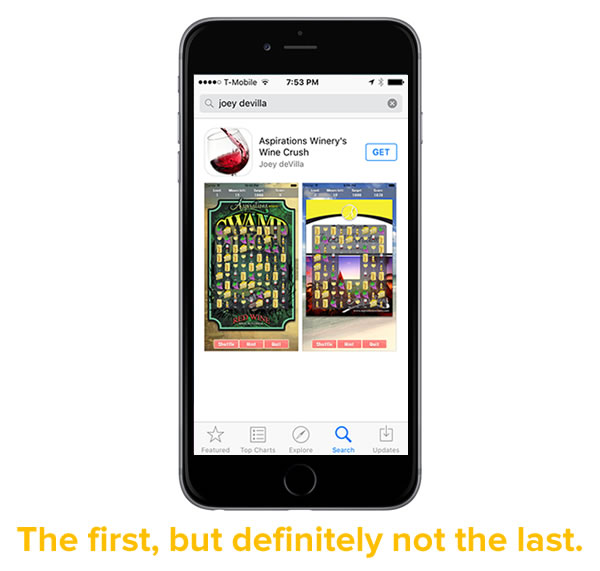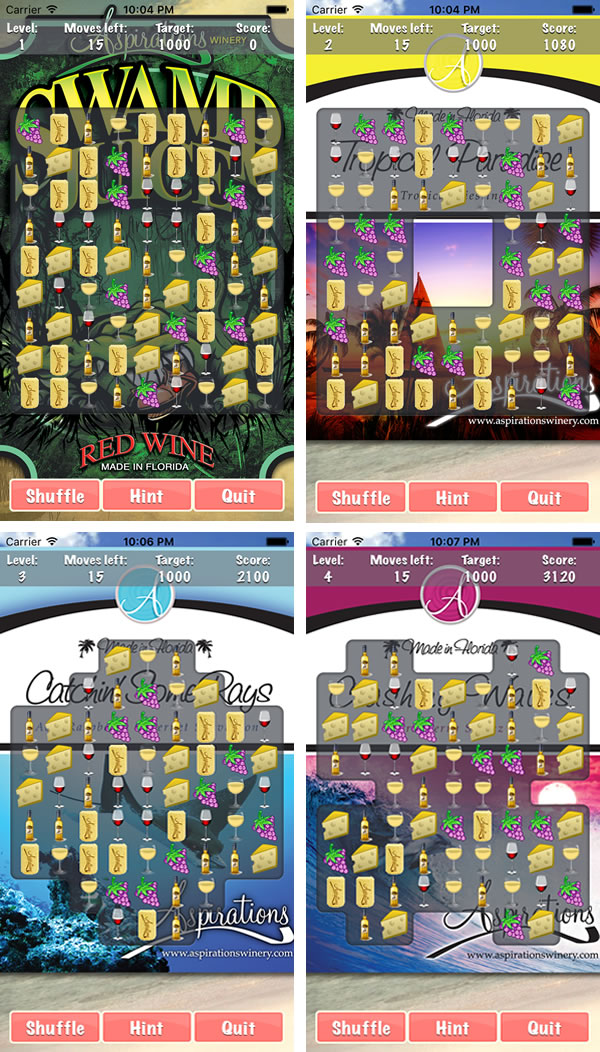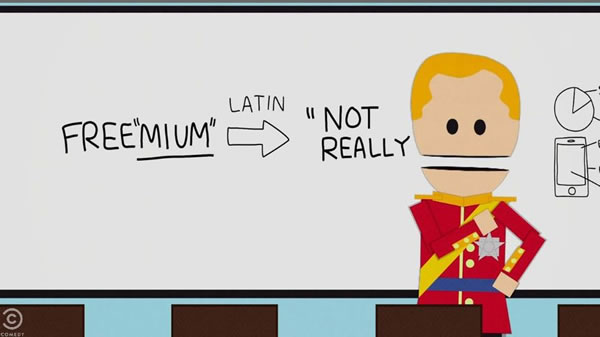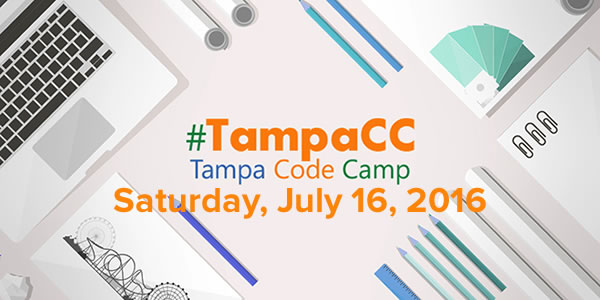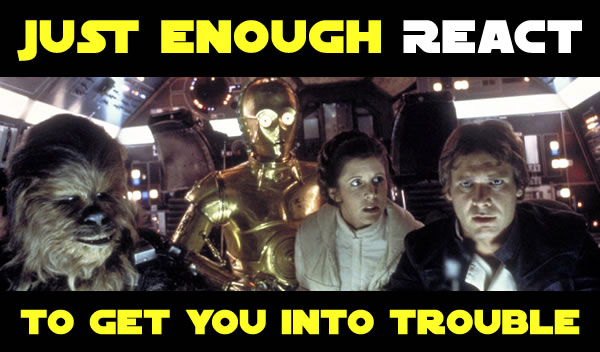Click the photo to see it at full size.
Last night, I had the pleasure of meeting inventor Ron Klein and his wife Arlene, at the Next Money TPA meetup. If you’re a reader of this blog, it’s likely that you’ve used at least one of his innovations:
- The MLS — as in multiple listing service — for real estate,
- Interactive voice response for banks,
- a bond monitoring system for Wall Street traders…
…and then there’s the innovation you’ve most likely used — automated validation of credit cards through the use of a magnetic stripe:
He was also an artillery forward observer in the Korean War, where he went on 58 missions. He got hurt during the last one, resulting in a spinal injury, and earning him a Purple Heart. The injury caused him painful spinal stenosis, where the bones in his spine put pressure the spinal cord and related nerves leading from it. He took up exercise, which he found was pain-relieving, and does it so often that he’s participated and won medals in the Florida Senior Games.
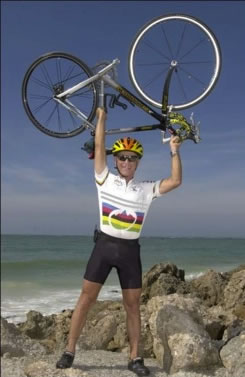
In the bad old days, credit card validation was done manually. Any merchant that accepted payments via credit card was given a long paper list of “bad” credit card numbers, and would have to “eyeball” the list in order to valid a credit card. I remember when this sort of thing was still done in the early 1970s, and it was slow even under the best of circumstances, never mind during big sales or something like Black Friday.
Klein, then director of engineering for Ultronics Systems Corporation — which would later become part of GT&E Financial — developed a “validity-checking system”, which allowed merchants to enter credit card numbers into a “desk-mountable interrogation unit” that could check against a central store of credit card numbers which would be stored in drum memory. If the account number on the card wasn’t on the “bad” list, the desk unit would show a “credit good” light; otherwise, it would display an error signal.
According to CreditCards.com, Klein’s original design for the verifier was such that a bad credit card would be held by the device. “If the credit wasn’t good,” he said, “it locked up the card so that the person didn’t get the card back, because the merchant got credit for capturing negative-account cards.”
At the age of 81, Ron could simply enjoy a quiet retirement, but that’s not his style. “I took three months off, but I got bored,” he said. “I’d rather keep busy, taking on new challenges. I’m not empty yet!”
He spoke to the group for about 90 minutes, regaling us with stories about his childhood, the business world, and his drive to find solutions to problems.
One theme he kept repeating to the meetup group was to simplify. “There’s a fix for everything, a solution for every challenge. The trick is to simplify. Identify the problem, simplify, then be smart, daring, and different.”
Another bit of advice he gave to the group was to “Be a smiling cobra, and never point an unloaded gun,” which I took to mean be nice as much as you can, but be tough when you have to — and mean it. I found him to be quite affable, but if he managed to operate in the world of Wall Street, I can he his need to be a cobra from time to time.
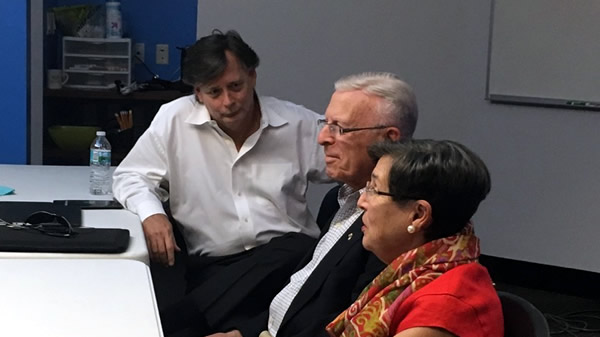
His last bit of advice to the group was to “sell the benefit, not the idea”. This is a good reminded for anyone who’s inventing a product or service — nobody cares about inventions for their own sake, but the benefits they provide. This may seem obvious to some, but as I like to say, there’s great power in stating the obvious.
Ron lives in Sarasota, about an hour and a quarter south of my place. I may have to drive down there sometime, take him and Arlene out to lunch, just so I can hear more stories about the things he created — and is still creating. My thanks to Ron and Arlene for appearing at the Next Money TPA meetup!
Next Money TPA is the Tampa chapter of Next Money, an international group of fintech communities, and the meetup group that brought Ron Klein to speak. Next Money TPA brings together people from the Tampa Bay area to discuss the intersection of finance, technology, design, and creative spaces. Organized by Bruce Burke, the meetup invites “casual, entrepreneurial, inquisitive minds” to gather, share ideas, and meet each other.
